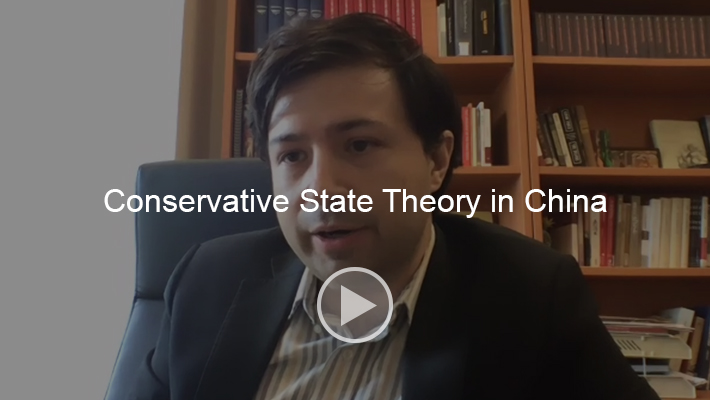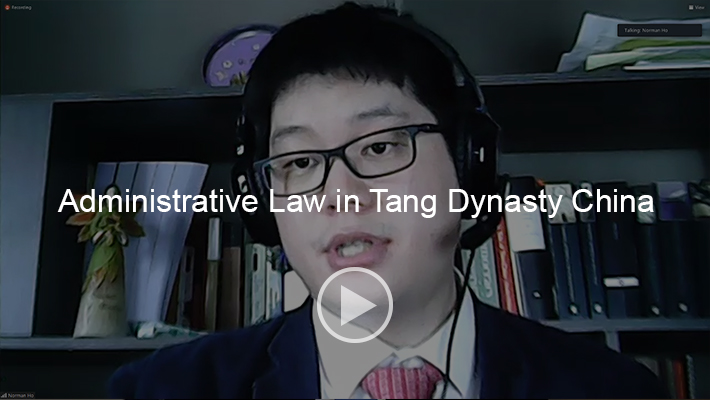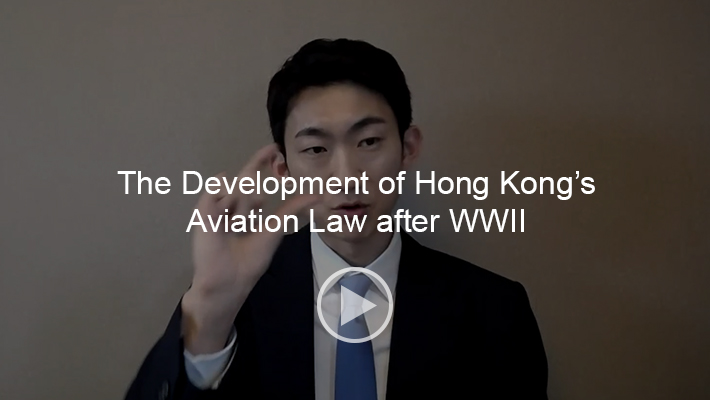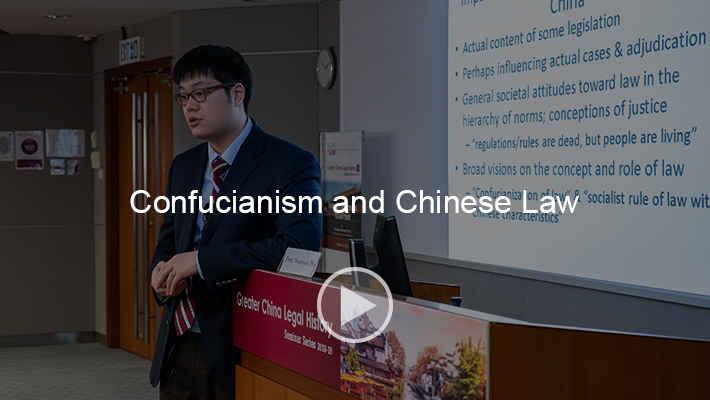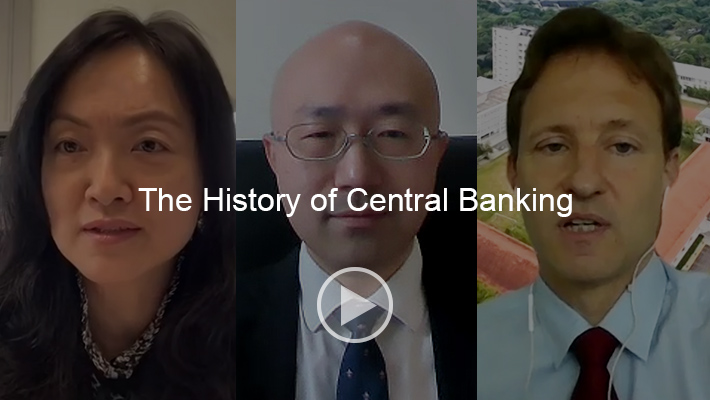
The History of Central Banking in Hong Kong, Mainland China and Singapore
One of the most enduring jurisprudential debates throughout Chinese legal history concerned mutilating corporal punishments (hereinafter referred to as “MCPs”; in Chinese, 肉刑). MCPs were used throughout the Warring States Period and into the Qin Dynasty. They were abolished by Emperor Wen of the Han Dynasty in 167 B.C. However, for several centuries after their abolition, debates continued among certain officials for the reinstatement of MCPs in the Chinese dynastic criminal law. This talk briefly traces the history of MCPs in traditional China. It then explains the key debates over reinstating MCPs, from the Han Dynasty and proceeding into the later Han Dynasty, the Three Kingdoms and Wei-Jin periods, the Tang Dynasty, and the Song Dynasty. We will see that, from the Han Dynasty to the Song Dynasty, the debates and the ideas presented therein did not really change (both in the anti-MCP reinstatement and pro-MCP reinstatement camps), which shows that there was a continuity of views regarding the purpose of punishment throughout premodern Chinese legal thought. Additionally, through discussion of the debates over MCPs, this talk will show that officials in premodern China justified punishment primarily on what we would today describe as “consequentialist” bases.



